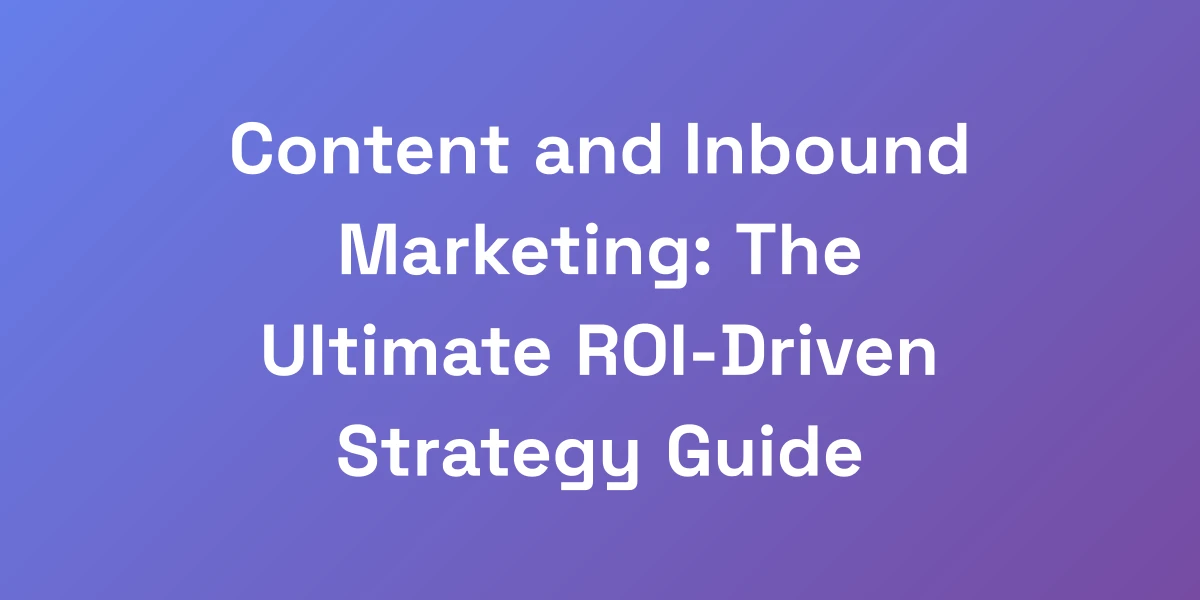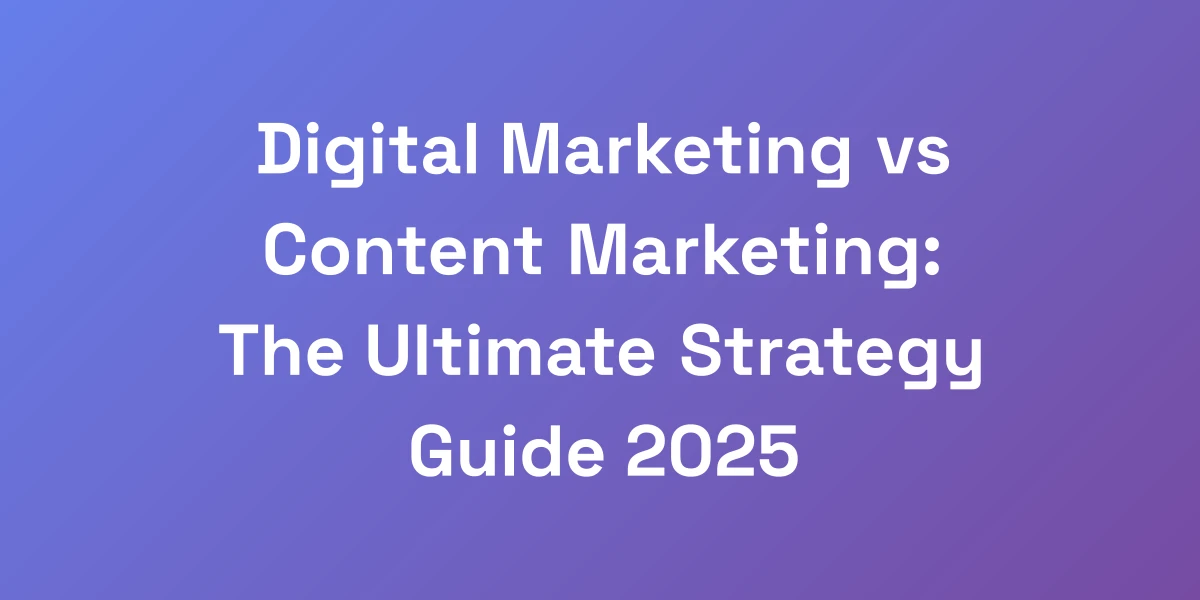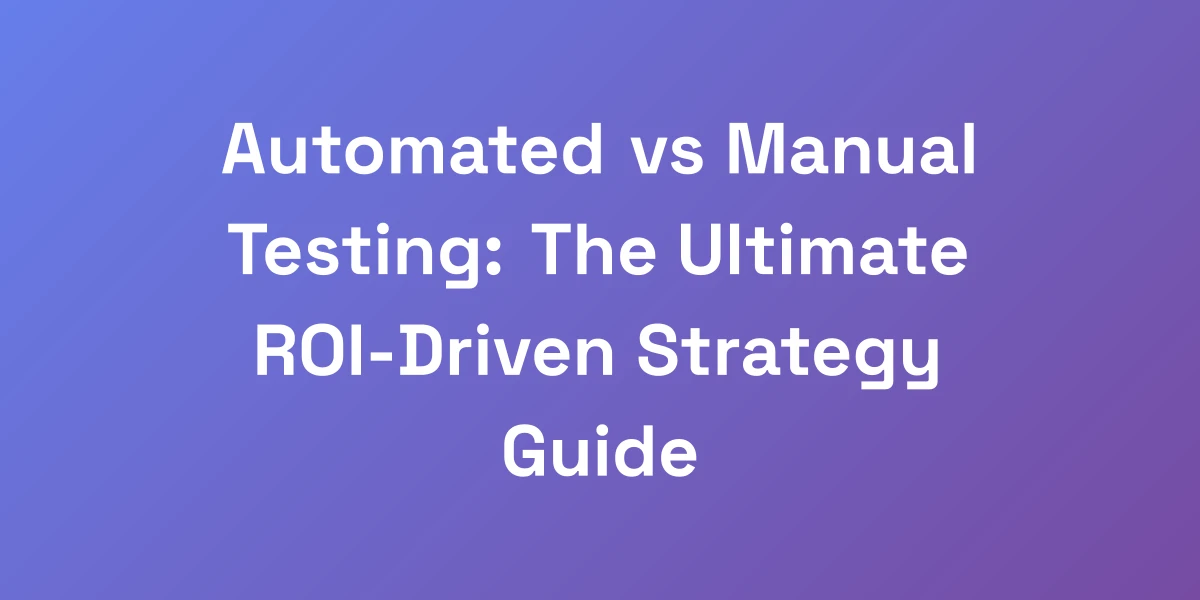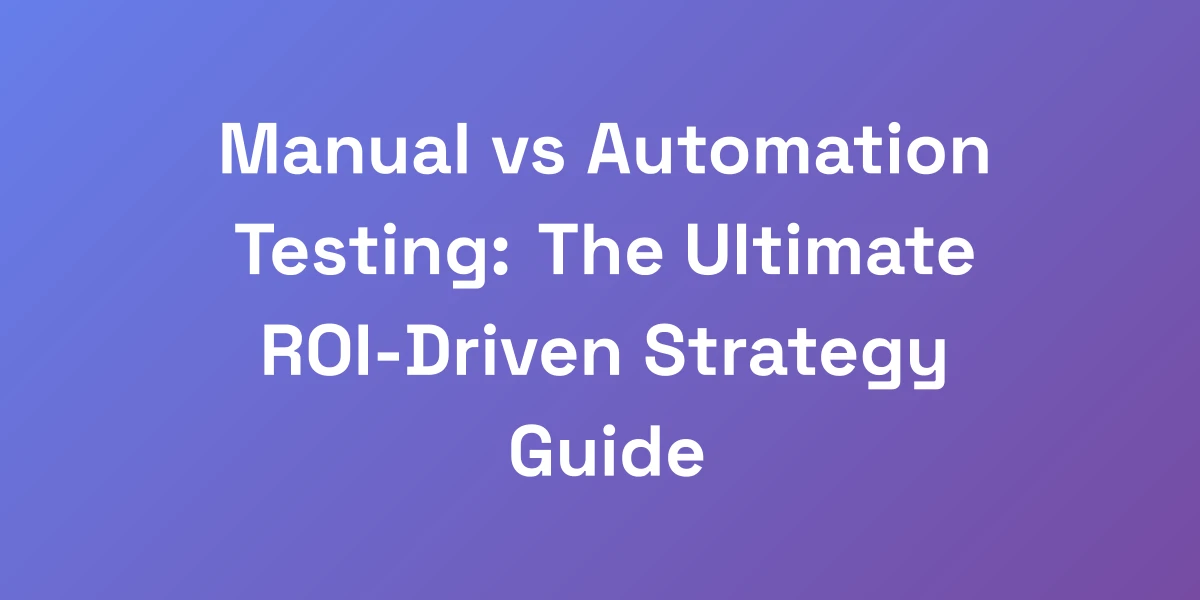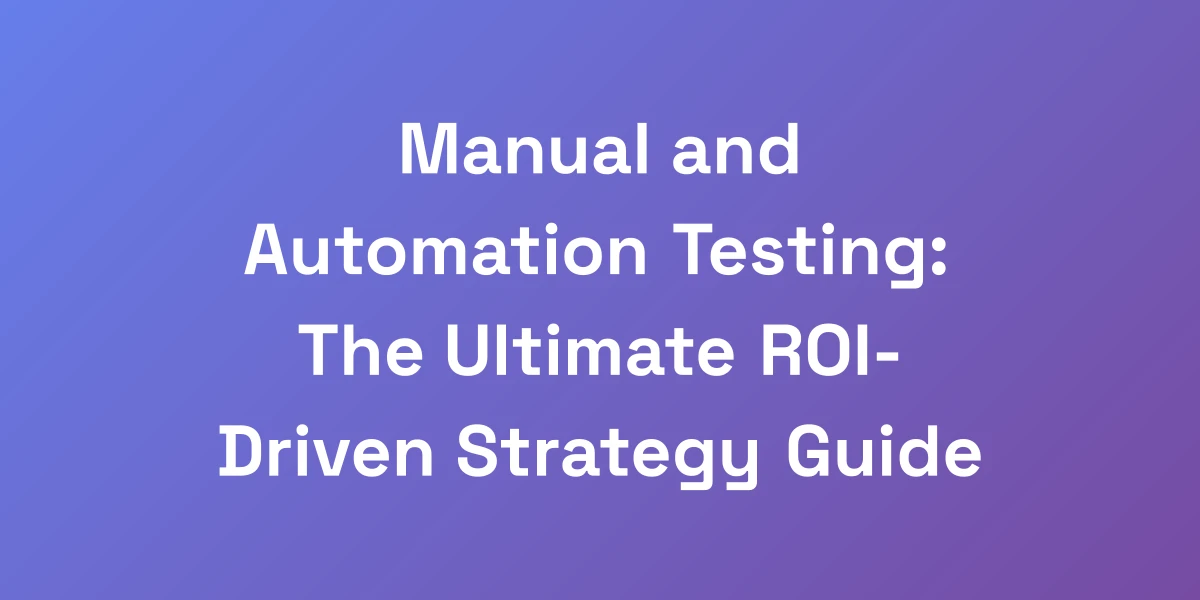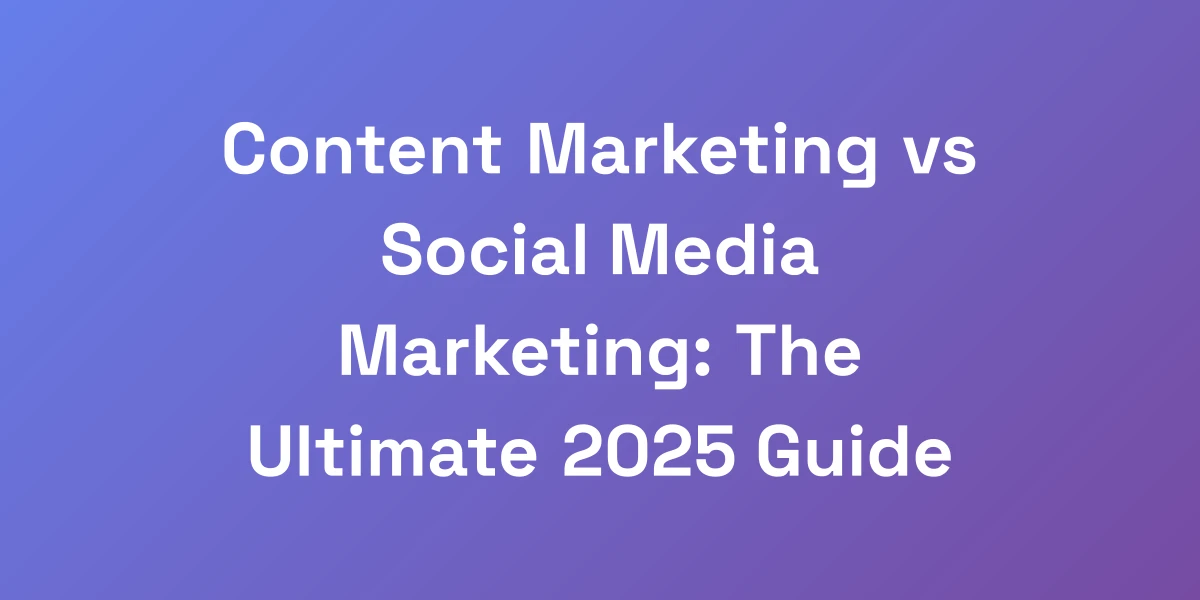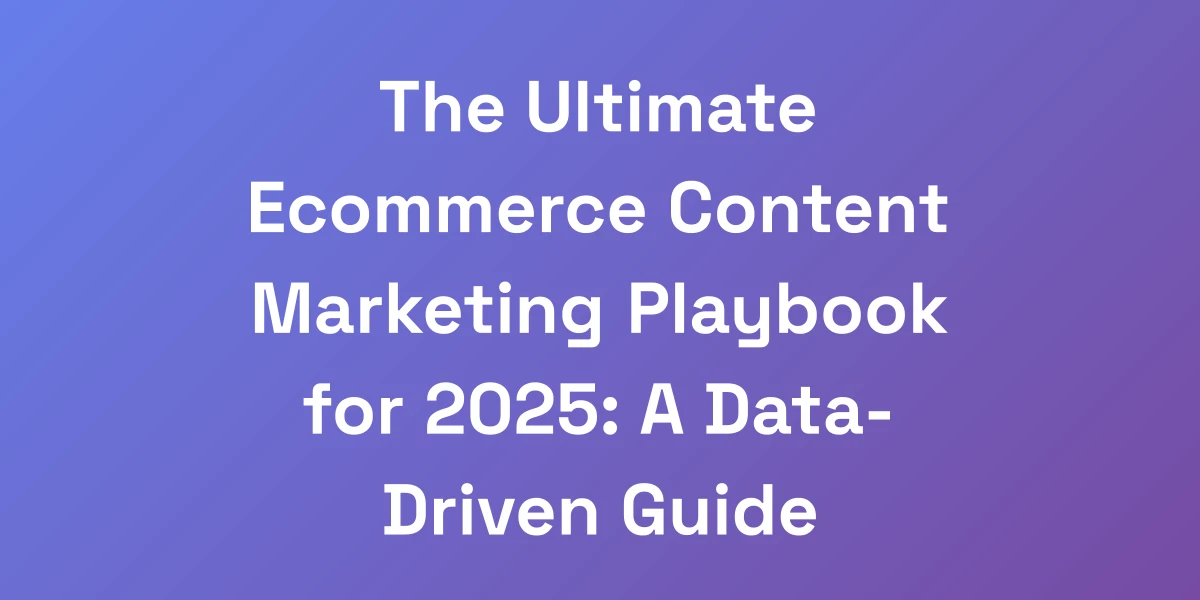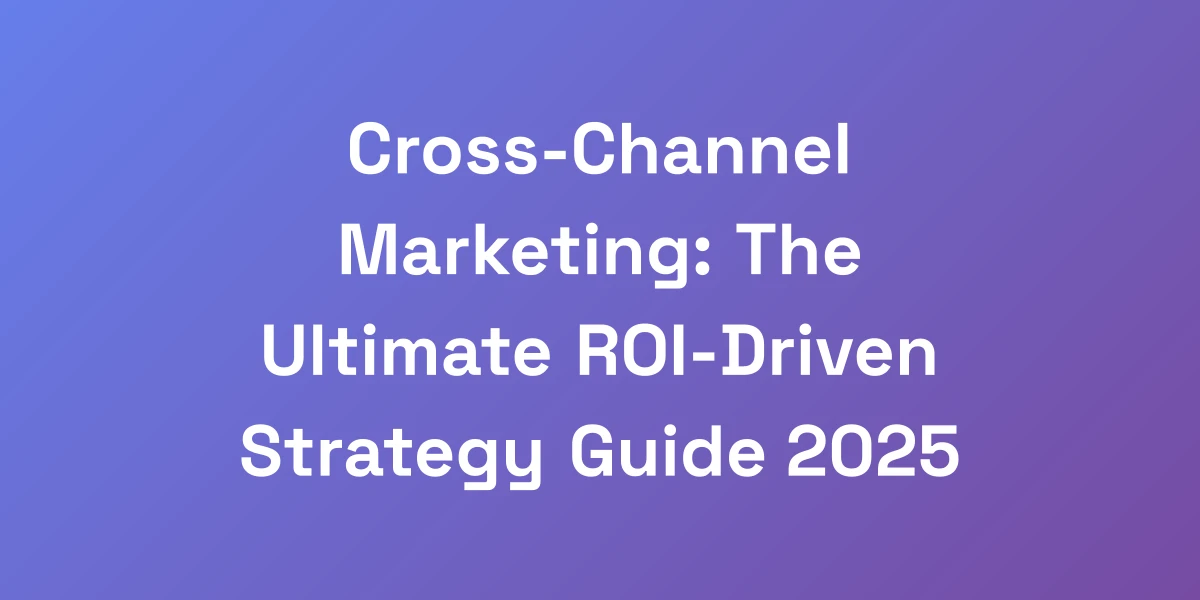
Cross-Channel Marketing: The Ultimate ROI-Driven Strategy Guide 2025
Mar 18, 2025 | By [email protected]
The Hidden Gold Mine of Cross-Channel Marketing Most Businesses Miss
Let us hit you with some truth: marketing channels are being treated like separate islands by 90% of businesses, leaving money on the table. Here’s the reality – your customers don’t see channels; they see your brand.
Cross-channel marketing isn’t just another buzzword – it’s the difference between playing in the little leagues and dominating your market. When you nail this, you’re not just reaching customers; you’re creating an ecosystem that prints money.
We’ve seen businesses 10x their ROI by simply connecting the dots between their channels. Are you ready to stop leaving money behind and start capitalizing on every touchpoint? Let’s dive into what actually works.
Why Traditional Single-Channel Marketing Is Dying
Traditional single-channel marketing is becoming obsolete. Consumers today interact with multiple platforms before making a purchase. Relying on just one channel limits your reach and engagement.
Consider the example of Office Shoes. By using multichannel data, they increased their open rates by 64% and click-through rates by 240%. This isn’t a fluke; it’s the power of integrated marketing.
- Limited reach and engagement
- Inconsistent messaging
- Missed opportunities for customer interaction
Embracing a cross-channel approach ensures that you’re meeting customers where they are, providing a seamless experience that drives conversions.
The Psychological Impact of Unified Brand Messaging
Unified brand messaging creates a cohesive and memorable experience for customers. When customers encounter consistent messages across different channels, it builds trust and reinforces brand recognition.
Think about how Apple maintains its sleek and minimalist aesthetic across all platforms. This consistency ensures that wherever a customer interacts with Apple, the brand experience remains the same.
- Builds trust and credibility
- Enhances brand recall
- Creates a seamless customer journey
By maintaining a unified message, you ensure that your brand stands out in a crowded marketplace, making it easier for customers to remember and choose you over competitors.
ROI Comparison: Siloed vs. Integrated Marketing Approaches
Integrated marketing approaches consistently outperform siloed strategies in terms of ROI. Omnichannel campaigns generate an ROI almost 5x greater compared to single-channel campaigns.
Why does this happen? Integrated approaches leverage multiple touchpoints to engage customers, increasing the likelihood of conversion. For instance, a customer might first see a social media ad, then receive a targeted email, and finally make a purchase through a retargeted ad.
- Siloed: Lower reach, fragmented data, inconsistent messaging
- Integrated: Higher engagement, comprehensive data analysis, consistent branding
By breaking down silos, businesses can maximize their marketing investments and achieve higher returns.
The New Customer Journey Map for 2025
The customer journey has evolved. In 2025, consumers expect a seamless experience across all touchpoints, from discovery to purchase and beyond.
Imagine a customer discovering your product on Instagram, researching it on your website, receiving a personalized email, and finally making a purchase through a mobile app. Each interaction should feel connected and purposeful.
- Discovery through social media
- Research on websites and forums
- Personalized email campaigns
- Seamless purchase experiences
Mapping out this journey helps you understand where to engage and how to provide value at each stage, ultimately driving higher conversions and customer loyalty.
Key Performance Indicators That Actually Matter
Focusing on the right KPIs is crucial for measuring the success of your cross-channel marketing efforts. Here are the metrics that truly impact your ROI:
- Customer Acquisition Cost (CAC): Measures the cost of acquiring a new customer across all channels.
- Lifetime Value (LTV): Estimates the total revenue a customer will generate during their relationship with your business.
- Conversion Rates: Tracks the percentage of users who take a desired action, such as making a purchase.
- Engagement Metrics: Includes likes, shares, comments, and click-through rates across different channels.
- Attribution Models: Determines which channels contribute most to conversions.
By focusing on these KPIs, you can make informed decisions that enhance your marketing strategy and drive substantial ROI.
Building Your Cross-Channel Marketing Machine from Scratch
Stop overthinking it. Your cross-channel strategy doesn’t need to be complex – it needs to be profitable. Think of each marketing channel as a gear in a money-making machine. When these gears sync perfectly, you create an unstoppable force.
We’ve built this exact system for multiple 8-figure businesses, and it always comes down to five core components. The secret isn’t in having more channels – it’s in making your channels work together like a symphony. Here’s the blueprint that’s generated millions in revenue.
The Foundation: Customer Data Integration
Customer data is the bedrock of cross-channel marketing. Integrating data from various sources provides a comprehensive view of your customers, enabling personalized and targeted marketing efforts.
- Consolidate data from CRM, social media, email, and website analytics
- Ensure data accuracy and consistency across all channels
- Utilize data analytics tools to gain actionable insights
For example, HubSpot’s Marketing Hub allows businesses to integrate customer data seamlessly, providing a unified platform for managing and analyzing customer interactions.
Channel Selection and Prioritization Framework
Not all channels are created equal. Selecting the right channels based on your target audience and business goals is essential for maximizing ROI.
- Identify where your target audience spends their time
- Assess the performance potential of each channel
- Prioritize channels that align with your business objectives
We’ve found that focusing on 3 to 4 key channels allows for more effective management and better results. Over 50% of marketers use this range, balancing reach and resource allocation efficiently.
Content Synchronization Strategies
Consistent and synchronized content across all channels ensures that your messaging remains unified and impactful.
- Create a comprehensive content calendar
- Repurpose content to fit different channel formats
- Maintain a consistent brand voice and message
Tools like Mailchimp and SEMrush, which are among the best SEO tools for agencies in 2025, help manage and synchronize content, ensuring that your campaigns are cohesive and aligned across all platforms.
Automation and Trigger-Based Marketing
Automation is a game-changer for cross-channel marketing, enabling timely and relevant interactions with your audience.
- Set up automated email sequences based on user behavior
- Implement trigger-based notifications for specific customer actions
- Use SEO optimization automation platforms to manage complex workflows
Insider supports over 12 marketing channels, allowing businesses to automate messages and campaigns seamlessly, enhancing efficiency and effectiveness.
Cross-Channel Attribution Modeling
Understanding the contribution of each channel to your overall marketing success is critical. Cross-channel attribution models help you assign credit accurately.
- Utilize multi-touch attribution to distribute credit across all touchpoints
- Implement data-driven attribution models for more precise analysis
- Regularly review and adjust attribution models based on performance
Platforms like Google Analytics 4 (GA4) offer various attribution models, allowing you to choose the one that best fits your strategic needs.
Advanced Cross-Channel Tactics That Generate 7-Figure Results
Look, everyone’s doing the basics. But if you want to win big, you need to think differently. The real money is in the micro-moments – those tiny interactions that happen between channels.
I’m talking about the sophisticated stuff that 99% of your competitors are too lazy to implement. These are the exact tactics we used to generate $20M+ in revenue last year. Warning: this isn’t for marketers who want to play it safe. This is for those ready to dominate their market.
Predictive Analytics and Customer Behavior Mapping
Predictive analytics uses historical data and machine learning to forecast future customer behaviors. Mapping these behaviors allows you to anticipate needs and personalize interactions.
- Analyze past purchase history and browsing patterns
- Predict future purchasing trends and preferences
- Customize marketing efforts based on predictive insights
For instance, Blueshift employs generative AI to predict customer interests, enabling brands to tailor their content and offers effectively.
Artificial Intelligence (AI) Powered Channel Optimization
Artificial Intelligence (AI) can optimize your marketing efforts by analyzing vast amounts of data and making real-time adjustments.
- Automate ad placements for maximum visibility
- Optimize budget allocation across channels based on performance
- Enhance targeting precision with AI-driven insights
Symphony AI tools on TikTok enable marketers to create highly personalized ads that increase purchase intent by 37% and brand favorability by 38%.
Real-Time Personalization Techniques
Real-time personalization tailors the customer experience on the fly, based on current interactions and behaviors.
- Serve personalized content based on user activity
- Adjust messaging dynamically to match customer preferences
- Use real-time data to enhance user engagement
Platforms like Iterable support real-time personalization across email, mobile push notifications, and SMS, ensuring each interaction feels unique and relevant.
Cross-Channel Retargeting Mastery
Retargeting is crucial for re-engaging customers who have interacted with your brand but haven’t converted yet.
- Track user behavior across all channels
- Deploy targeted ads based on previous interactions
- Use layered retargeting strategies to increase conversion probability
Adroll demonstrates how effective retargeting can enhance personalization, with 90% of marketers recording improved engagement and loyalty through retargeting efforts.
Privacy-First Data Integration Methods
With rising privacy concerns and regulations, integrating data in a privacy-compliant manner is non-negotiable.
- Leverage first-party data instead of third-party cookies
- Implement robust data protection measures
- Ensure transparency and obtain explicit consent from users
The phase-out of third-party cookies by platforms like Google necessitates a shift towards first-party data. AI can help optimize the use of this data, enabling effective personalization through SEO for startups while respecting privacy laws.
Measuring and Scaling Your Cross-Channel Success
Here’s where most businesses drop the ball – they can’t prove their marketing ROI. But we’re obsessed with numbers, and we’ll show you exactly how to track every dollar. If you can’t measure it, you can’t scale it.
We’ll break down the exact metrics that matter and the ones that are just vanity metrics. This is your roadmap to scaling from 6 to 7 to 8 figures through digital marketing for agencies that actually works.
Essential Cross-Channel Analytics Tools
Utilizing the right analytics tools is fundamental for tracking and optimizing your cross-channel marketing efforts.
- Google Analytics 4 (GA4): Offers comprehensive tracking and multi-channel attribution models.
- SEMrush: Provides insights into SEO, PPC, and social media performance.
- HubSpot: Integrates marketing, sales, and customer service data for a unified view.
These tools help you gather and analyze data from all your marketing channels, ensuring you have the insights needed to make informed decisions.
ROI Calculation Framework
Calculating ROI accurately is essential for understanding the effectiveness of your marketing strategies.
- Determine the total revenue generated from each channel
- Subtract the total costs associated with each channel
- Use the formula: ROI = (Revenue – Cost) / Cost x 100%
By implementing a structured ROI calculation framework, you can identify which channels are delivering the best returns and allocate your budget accordingly.
Scaling Strategies for Different Business Sizes
Scaling your cross-channel marketing strategy varies depending on your business size. Here’s how to approach it:
- Small Businesses: Focus on 2-3 key channels and leverage automation tools to maximize efficiency.
- Medium-Sized Businesses: Expand to additional channels while maintaining data integration and consistency.
- Large Enterprises: Implement sophisticated attribution models and invest in AI-driven optimization for all channels.
Tailoring your scaling strategies to your business size ensures that growth is sustainable and manageable.
Common Pitfalls and How to Avoid Them
Cross-channel marketing is powerful, but it’s easy to make mistakes that can hinder your success.
- Lack of Data Integration: Ensure all your data sources are connected and synchronized for accurate insights.
- Inconsistent Messaging: Maintain a unified brand voice across all channels to reinforce your messaging.
- Ignoring Customer Feedback: Actively listen to and incorporate customer feedback to improve your strategies.
By being aware of these common pitfalls, you can proactively address them and maintain the effectiveness of your marketing efforts.
Future-Proofing Your Marketing Stack
As technology evolves, so should your marketing stack. Future-proofing involves adopting flexible and scalable tools that can adapt to changing market conditions.
- Invest in modular platforms that can integrate new technologies seamlessly
- Stay updated with the latest marketing trends and tools
- Prioritize scalability to accommodate business growth
Tools like Insider and Adobe Experience Cloud offer robust and adaptable solutions that can grow with your business, ensuring your marketing strategies remain effective and relevant.
Implementation Timeline and Action Steps
Stop consuming content and start taking action. Here’s your 90-day plan to transform your marketing from scattered channels into a unified profit center. Every day you wait is money left on the table.
We’ve broken this down into weekly sprints that you can implement immediately. This isn’t theory – this is your battlefield guide to dominating your market through cross-channel marketing.
Week 1-4: Foundation Building
Start by laying the groundwork for your cross-channel strategy.
- Integrate all customer data sources into a unified platform.
- Identify and prioritize your key marketing channels based on audience data.
- Create a comprehensive content calendar that aligns with your brand messaging.
Ensure that every piece of data is accurate and accessible, setting the stage for effective cross-channel marketing.
Week 5-8: Channel Integration
Now it’s time to connect the dots between your channels.
- Implement automated workflows to streamline marketing efforts across channels.
- Synchronize your content strategy to ensure consistency and cohesiveness.
- Set up trigger-based marketing campaigns to engage customers at critical touchpoints.
By this stage, your channels should be working together seamlessly, enhancing the overall customer experience.
Week 9-12: Optimization and Testing
With your channels integrated, focus on refining and optimizing your strategy.
- Conduct A/B testing to determine the most effective tactics for each channel.
- Analyze performance data to identify areas for improvement.
- Adjust your strategies based on insights and feedback to maximize ROI.
This phase is crucial for ensuring that your cross-channel marketing efforts are as efficient and effective as possible.
Key Milestones and Success Metrics
Track your progress and measure success with these key milestones and metrics:
- Completion of data integration
- Launch of integrated marketing campaigns
- Achievement of target engagement and conversion rates
- Realization of ROI goals
Regularly reviewing these milestones ensures that you stay on track and can make necessary adjustments to your strategy.
Scaling Beyond 90 Days
Once you’ve mastered the initial 90-day plan, it’s time to scale your efforts for continued growth.
- Expand to additional channels while maintaining integration and consistency.
- Invest in digital marketing for agencies to enhance your marketing capabilities.
- Continuously refine your strategies based on ongoing data analysis and market trends.
Scaling effectively ensures that your cross-channel marketing strategy continues to drive growth and deliver exceptional ROI.
Conclusion
We’ve journeyed through the intricacies of cross-channel marketing, unveiling the strategies that elevate businesses from mediocrity to market domination. The key takeaways are clear: integration, data-driven insights, and consistent messaging are the pillars of a successful cross-channel strategy.
Are you ready to transform your marketing efforts and unlock unprecedented ROI? Start implementing these strategies today, and watch your business soar to new heights.
What’s your biggest challenge with cross-channel marketing? Share your thoughts in the comments below, and let’s elevate our marketing game together!
